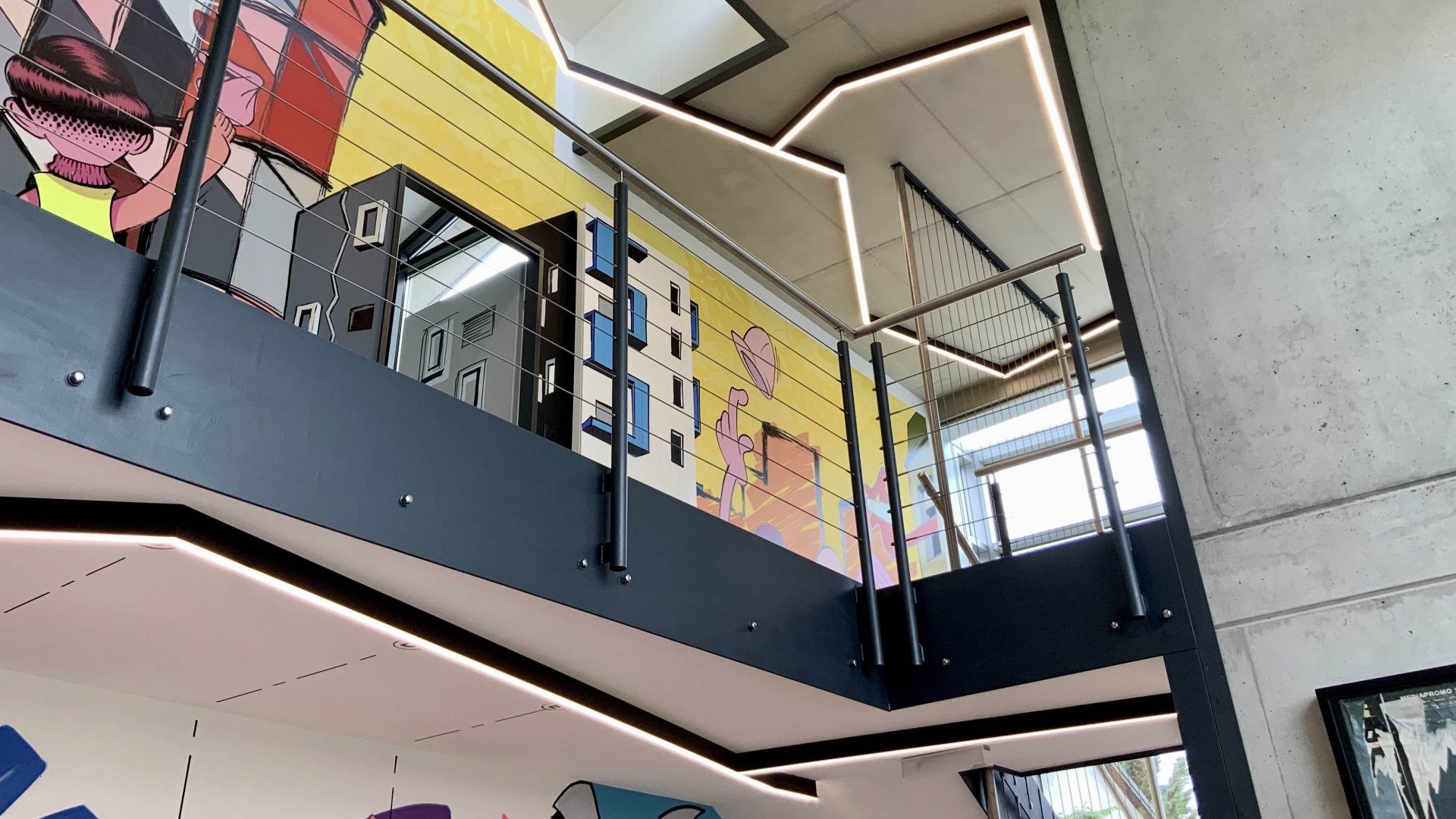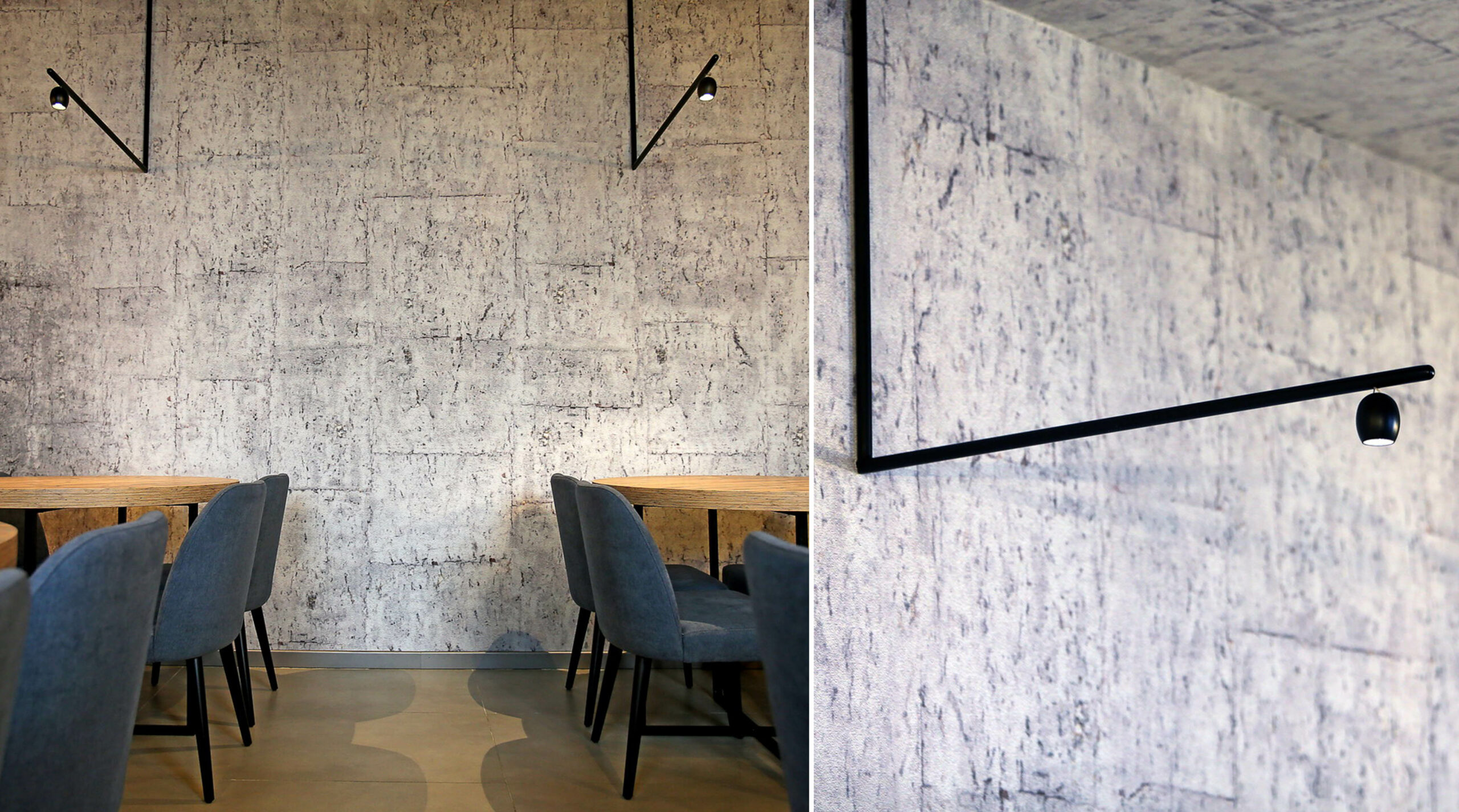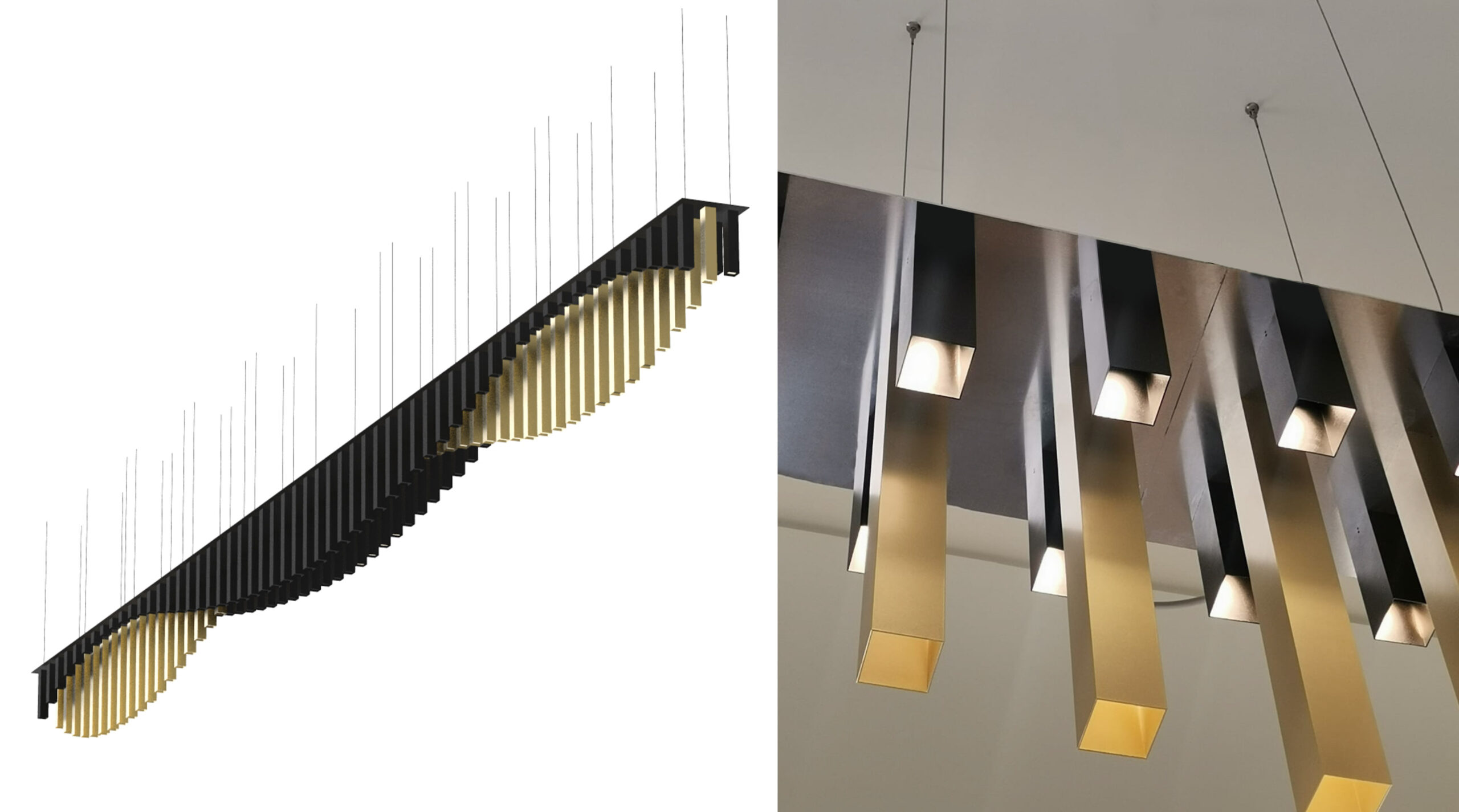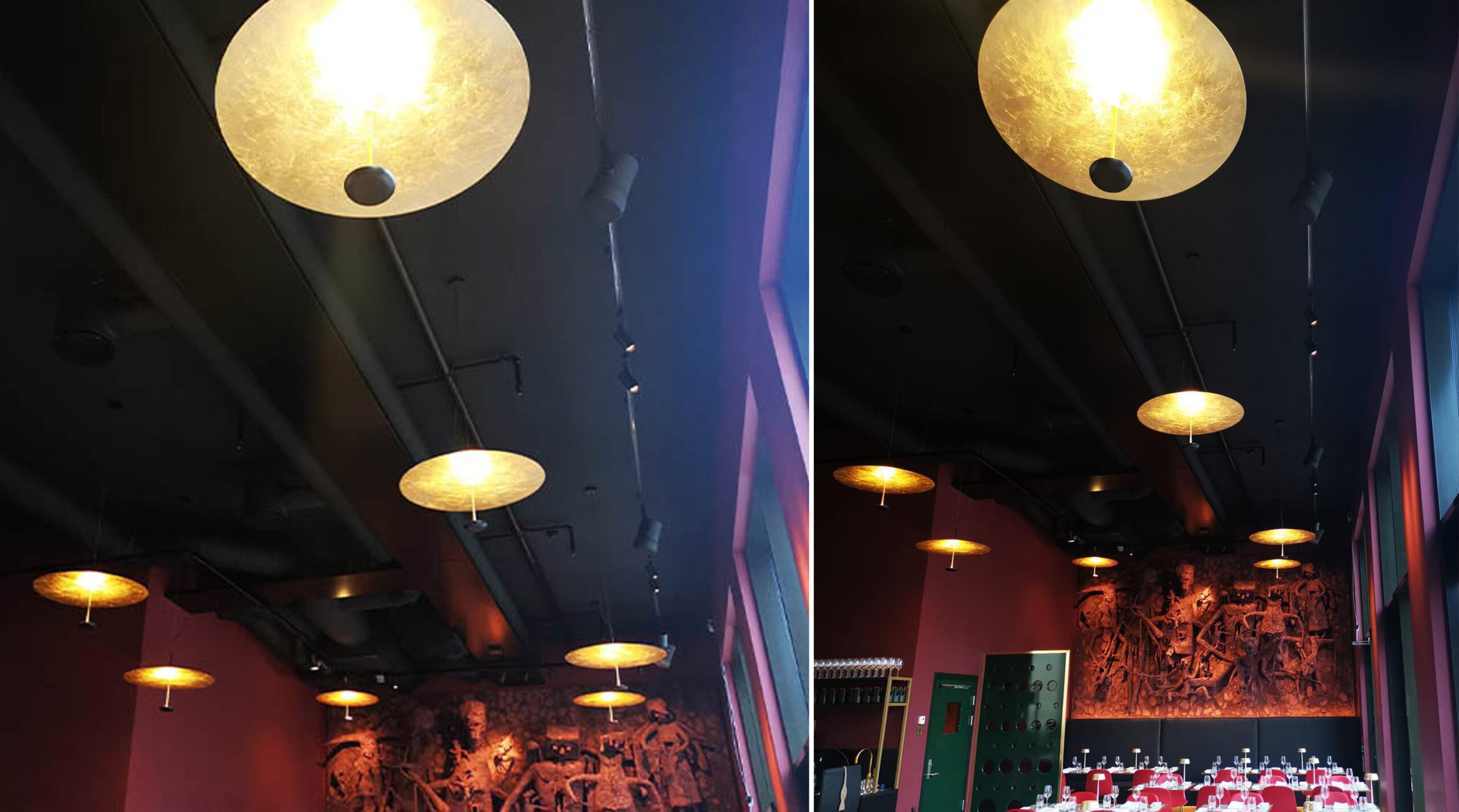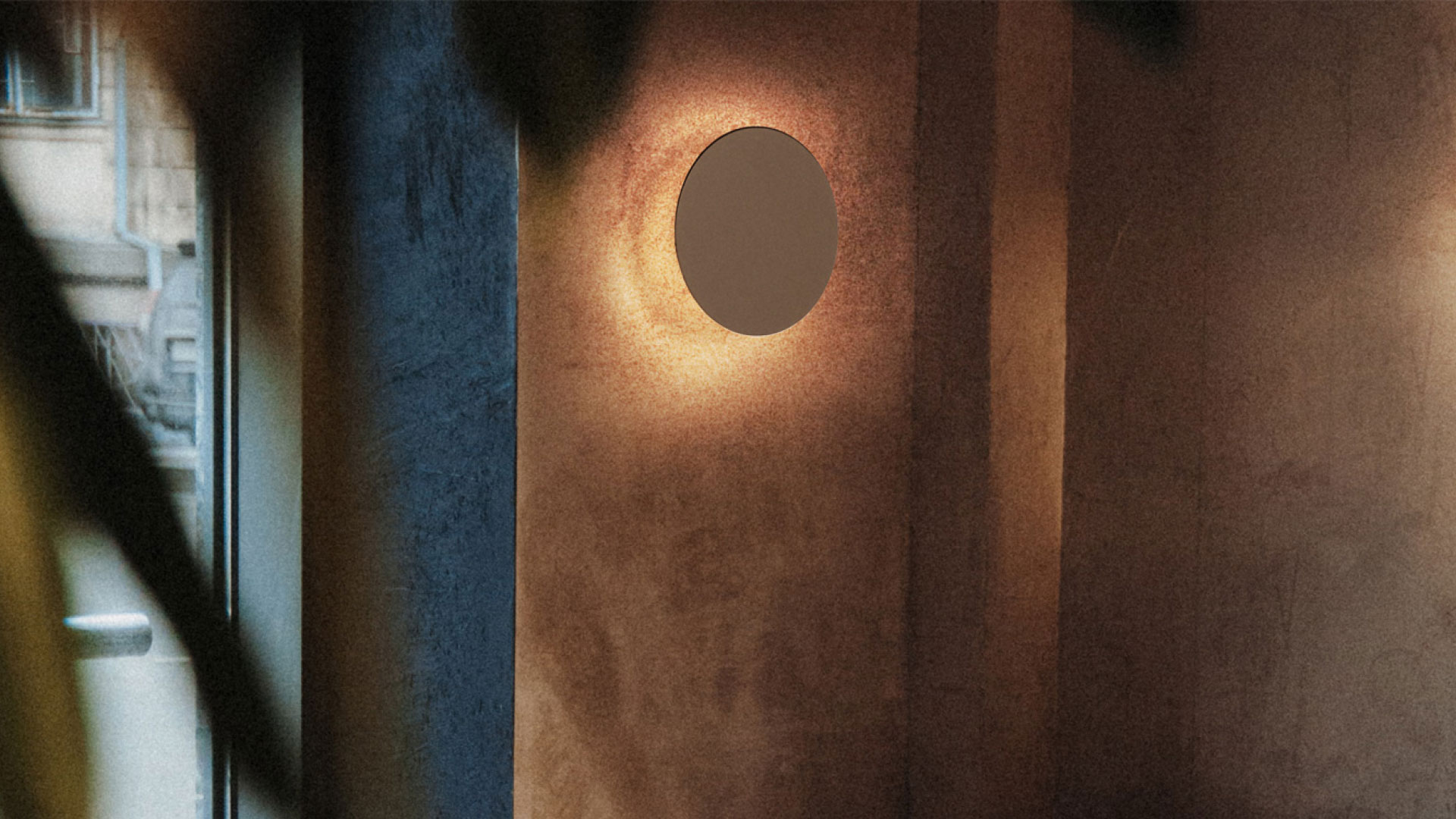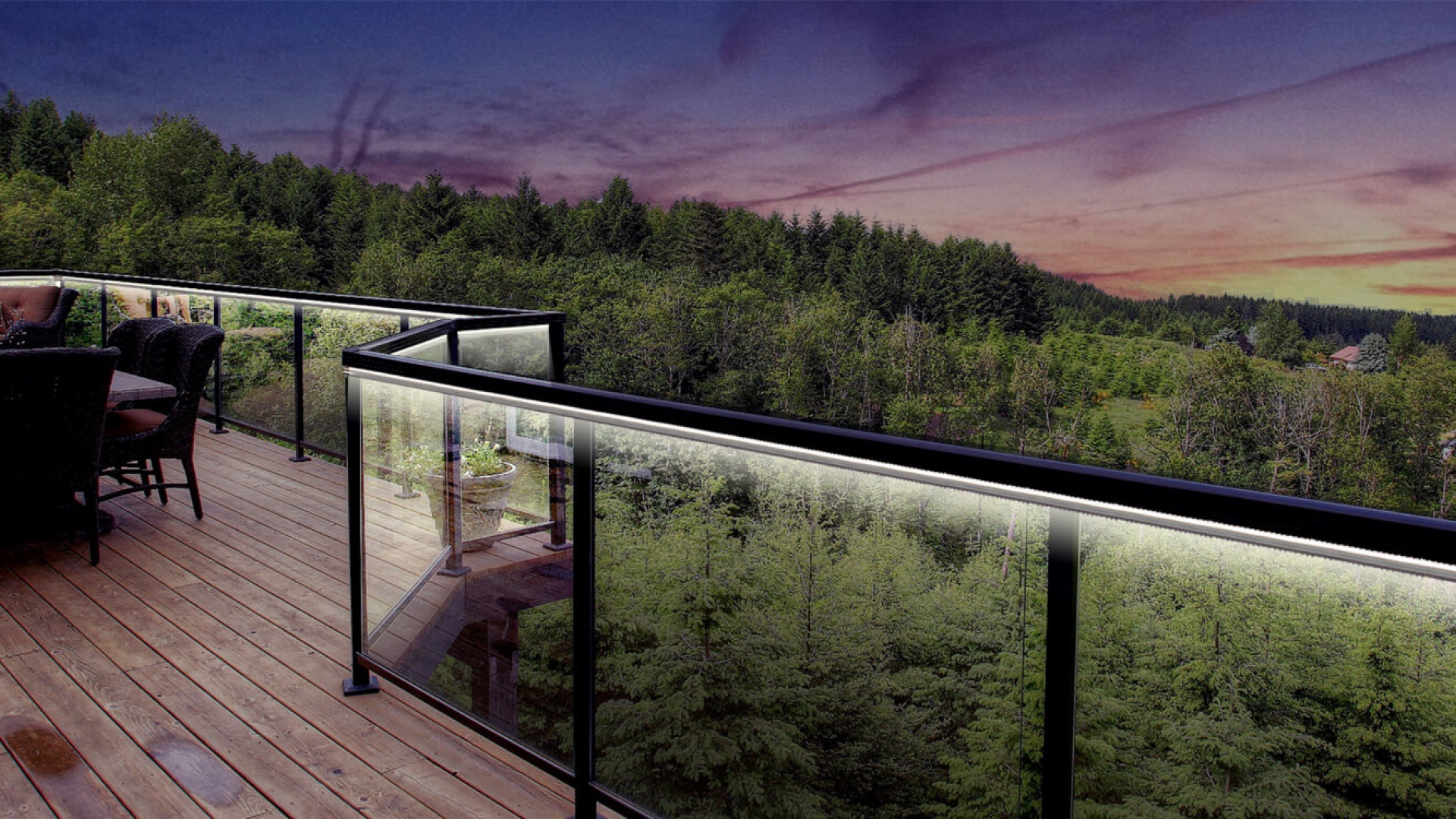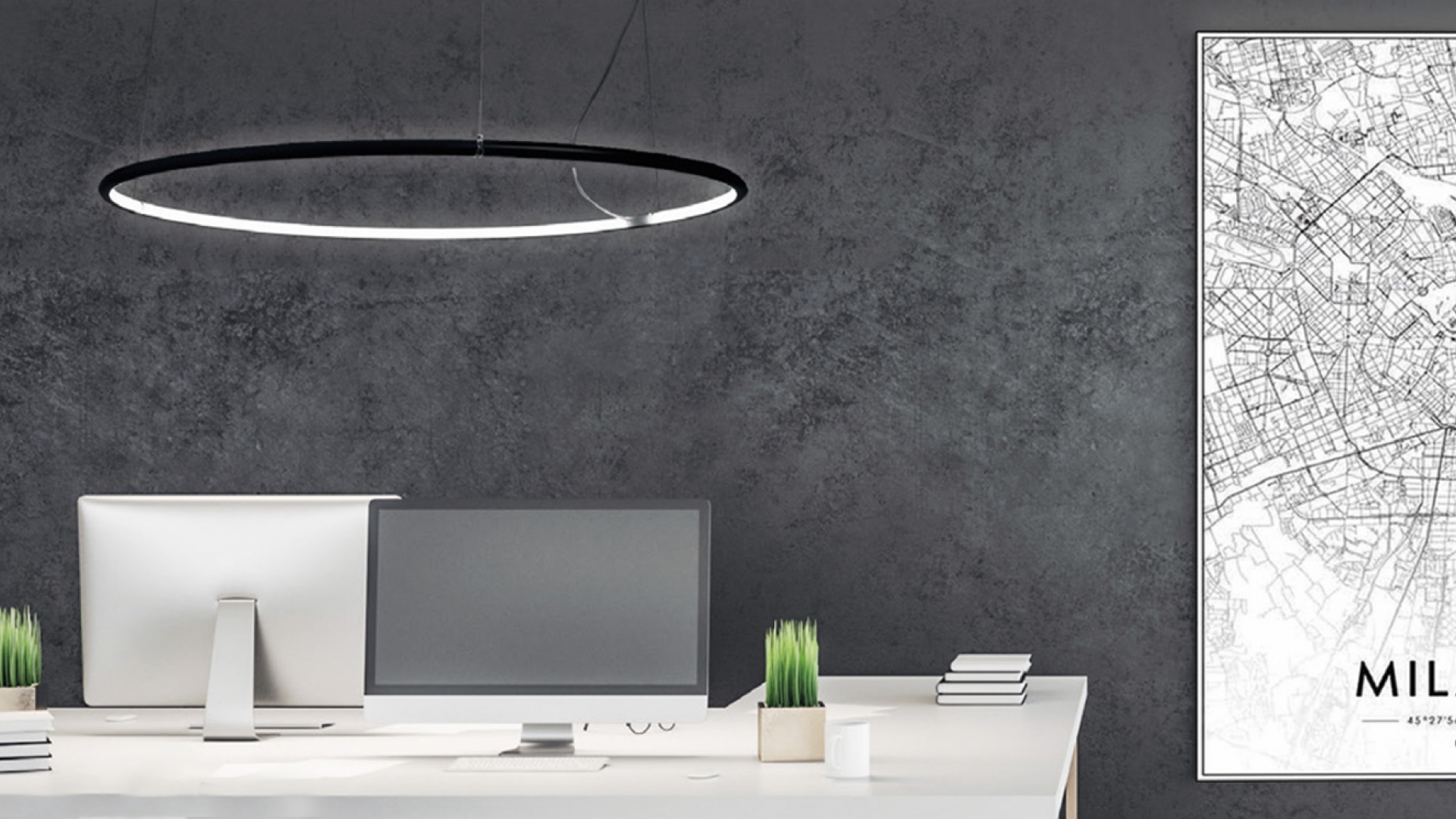Egoluce is able to satisfy a wide range of services dedicated to the customer, including the possibility of customising a product. We support architects and professionals at all stages of the design process: the know-how gained from more than 40 years in the business is made available to the designer to devise perfect customised lighting solutions to complement his architectural concept.
How a custom product is created: Egoluce services
Egoluce is able to satisfy a wide range of services dedicated to the customer, including the possibility of customising a product.
We support architects and professionals at all stages of the design process: the know-how gained from more than 40 years in the business is made available to the designer to devise perfect customised lighting solutions to complement his architectural concept.
But what are custom products and how are they created?
A custom product is a designed and made to measure according to the customer’s needs.
One of the main advantages of the process of customising a product is the development of a relationship of trust that is established between the designers and the company.
Custom products are created in response to a specific customer need, for which the designers or architects develops an ad hoc project that they proposes to the company to assess its feasibility and production.
Custom products are therefore the result of careful research and an exchange of skills involving three main figures: designers, companies and manufacturers.
Each project is studied down to the smallest detail together with the architects, to recreate in every aspect the unique and personal taste they are looking for, integrating a scrupulous research on the most suitable materials, shapes, finishes and lighting sources.
Companies can either customise an existing product to suit the specific needs of the designer’s architectural concept or, if the project is particularly massive, create a 100% custom product from scratch.
In the specific case of customised luminaires, customisation can be applied to several aspects:
- on special finishes;
- product application solutions;
- fixing solutions;
- implementing or decreasing the light quantity of a product.
It is important to consider both the functional and aesthetic aspects of the product.
Many of these features, such as the choice of materials, depend on the intended use of the lighting product: a luminaire intended for outdoor use will need to be manufactured from materials resistant to moisture and salinity.
A careful choice of materials according to the location is the first discriminating factor in choosing a product at the design stage.

